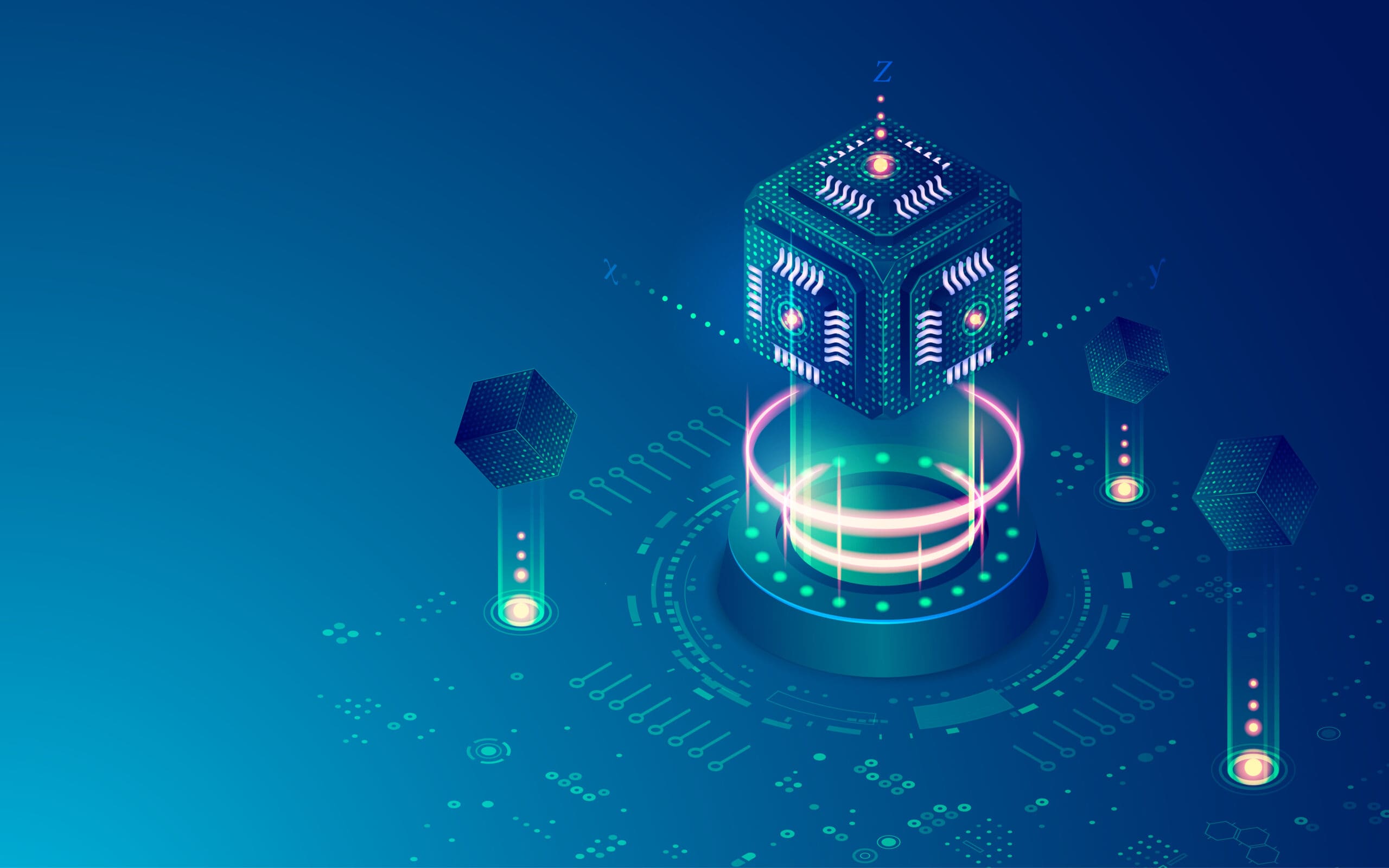For all the attention the federal government is paying to concerns that cryptanalytically relevant quantum computers (CRQCs) could mean the end of today’s cryptographic tools and techniques to protect data and communications – concerns that certainly are justified – it doesn’t mean this will be the first challenge that quantum computers will target to upend the industrial status quo.
It is much more likely that as quantum computers get larger, they will be applied to solve problems both inside and outside the national security sphere. Consider them a “test of function,” perhaps, to demonstrate they can be used for truly difficult problems that are considered unsolvable today.
For instance, D-Wave Systems, a Canadian company, is already selling “small” quantum computers for commercial use. On its website, the company promotes advances in materials science and drug discovery as areas ripe for applying quantum computing as it develops more scalable quantum technology.
I’d suggest as a general rule that any organization, whether public or private sector, that has invested in supercomputer capabilities will likely be exploring potential applications for quantum computers long before they reach CRQC size.
For instance, Tesla just made news at its AI Day with its Dojo supercomputer. The company’s interest is self-evident – creating safe self-driving cars that the public will want. And another example is NVIDIA, a company focused on artificial intelligence and computer graphics. They use Selene, the eighth-fastest supercomputer in the world, to push the envelope in those areas farther than their competitors.
And while the U.S. Department of Energy certainly falls within the national security orbit, it uses supercomputers for the kinds of challenges you’d expect from an energy-focused organization. Oak Ridge National Laboratory is the home of the newest “world’s fastest supercomputer,” named Frontier (still being tested), as well as Summit, which is used for climate change modeling, extreme weather predictions, and genetic research into opioid addiction. Meanwhile, Lawrence Livermore National Laboratory is using the Sierra supercomputer to test and maintain the reliability of the U.S. nuclear arsenal.
All of these entities would be likely to invest in quantum computers that don’t meet the CRQC threshold. The general consensus in this field is that a CRQC would have to be several thousand qubits, though that might not be as far off as the 10 years usually cited in the media. The timeline is not likely to be linear in nature – at a certain point, getting a few hundred qubits working effectively will accelerate the path to a few thousand.
As for the Department of Defense and the three-letter agencies, I don’t have any direct insight, but I’d be absolutely shocked if they weren’t already using some kind of quantum computer. The DOD request for funding quantum computing increased by 27% between 2020 and 2022, for instance. Maybe the best use of a quantum computer is … to solve quantum computing?
I’m quickly coming to a conclusion that “when” it happens matters less than “if.” The threat that one day might be Q Day – when the CRQC threshold is crossed – is driving change across all IT technologies and applications. And quantum-resistant algorithms will be standardized anyway, just by the nature of the risk that someday CRQC will happen.
Learn more
If you’re interested in learning what organizations are doing now to prepare for and protect their data from the future threat of quantum computing, read our whitepaper, “Planning Ahead for Post-Quantum Cybersecurity.”


